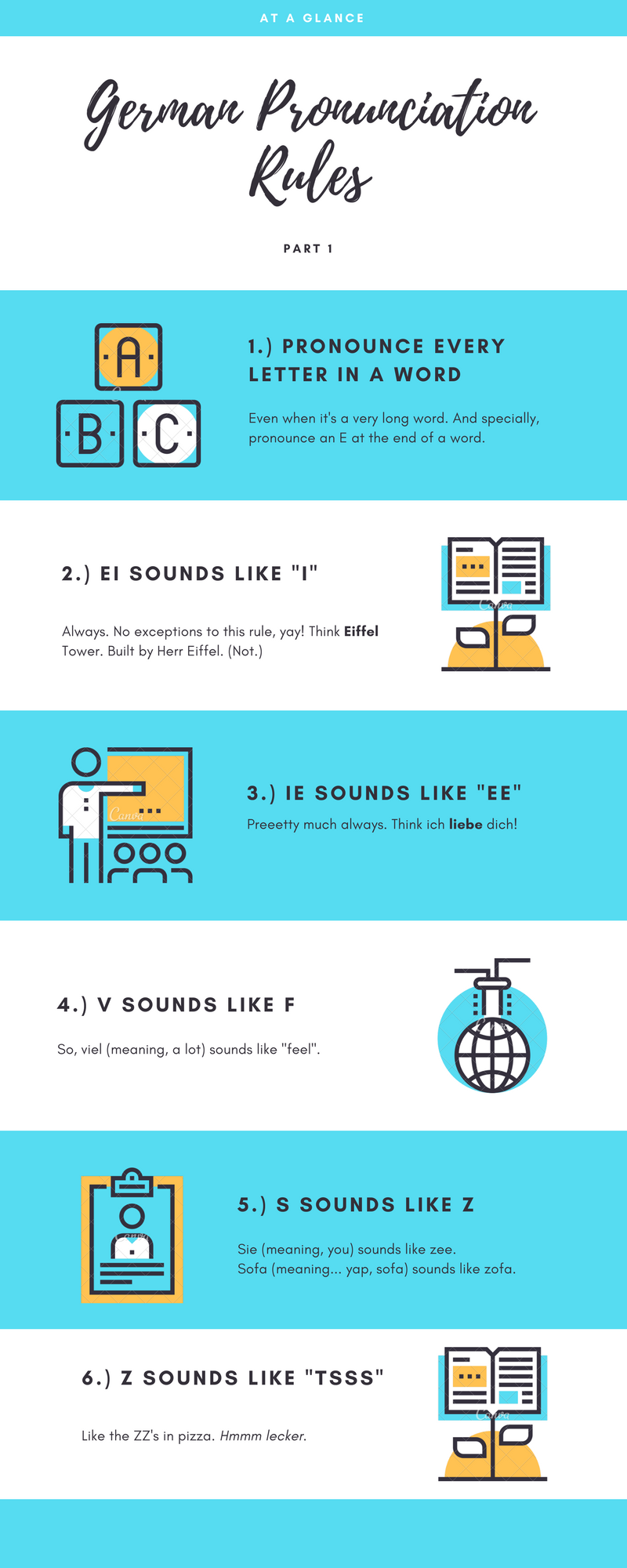


Several languages use diaeresis over the letter U to show that the letter is pronounced in its regular way, without dropping out, building diphthongs with neighbours etc.įor example, Brazilian Portuguese combinations "gue" and "gui" are pronounced, ,but "güe" and "güi" are pronounced.
A with umlaut sound phonetic software#
Software for optical character recognition sees it sometimes falsely as ii. In other languages that do not have the letter as part of the regular alphabet or in limited character sets such as ASCII, U-umlaut is frequently replaced with the two-letter combination "ue". In Swedish the letter is called tyskt y which means German y. It is however not a part of these languages' alphabets. In languages which have adopted German names or spellings, such as Swedish, the letter also occurs.

The letter is collated together with U, or as UE. It represents the umlauted form of u, which results in the same sound as the letter Ü mentioned in the previous section. Johann Martin Schleyer proposed an alternate form for Ü in Volapük but it was rarely used.Ī similar glyph, U with umlaut, appears in the German alphabet. "Ü" is also used in the Uyghur Latin script, where it also represents the sound. As letter "ü" is missing on most keyboards and the sound "v" is not present in standard Mandarin, letter "v" is used on most computer Chinese input methods to enter the words containing "ü". Pinyin uses Ü only when ambiguity could arise with similarly romanized words containing a U, whereas Wade-Giles and Lessing use Ü in all situations. This same letter appears in the Chinese romanizations pinyin, Wade-Giles, and the German-based Lessing-Othmer, where it represents the same sound ( ) e.g. It is a distinct letter, collated separately, and not considered a simple modification of or. The letter Ü occurs in the Hungarian, Portuguese, Catalan, Karelian, Klingon, Turkish, Uyghur, Estonian, Azeri, Turkmen, Crimean Tatar and Tatar Latin alphabets, where it represents a close front rounded vowel ( ).


 0 kommentar(er)
0 kommentar(er)
